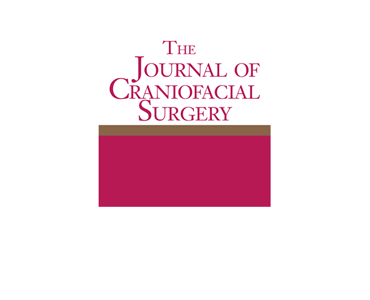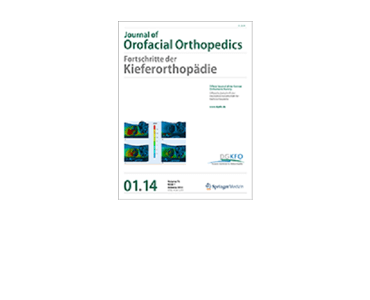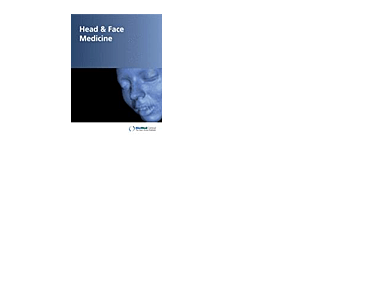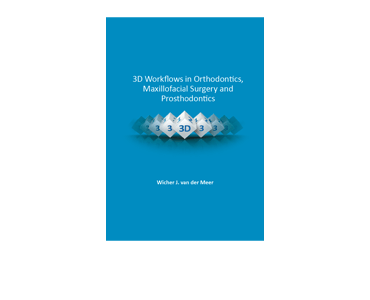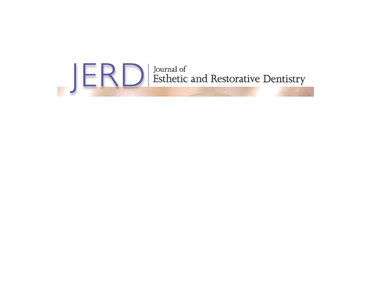Orbital Reconstruction: Patient-Specific Orbital Floor Reconstruction Using a Mirroring Technique and a Customized Titanium Mesh. A Tarsitano, G Badiali, A Pizzigallo, C Marchetti.
Date: October 2016. Source: Journal of Craniofacial Surgery, Volume 27, Issue 7, p 1822–1825. Objective: Enophthalmos is a severe complication of primary reconstruction of orbital floor fractures. The goal of secondary reconstruction procedures is to restore symmetrical globe positions to recover function and aesthetics. The authors propose a new method of orbital floor reconstruction using…

